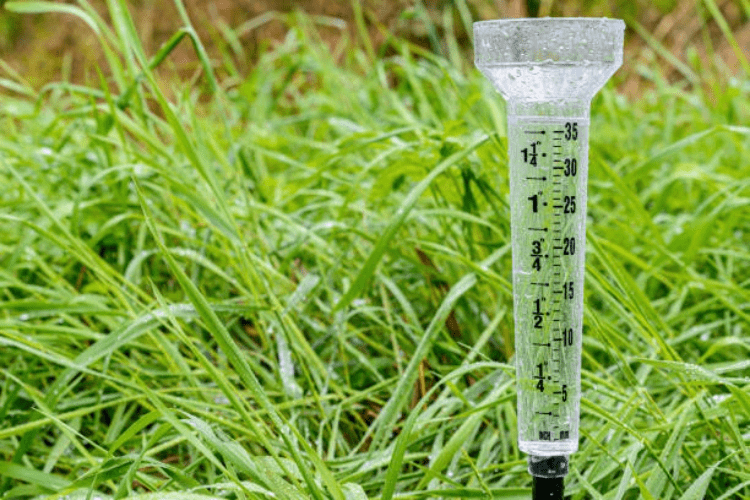
Rainfall measurement is a fundamental aspect of meteorology and hydrology, providing vital data for various applications, from agriculture to flood forecasting. Among the plethora of rain gauges available, the tipping bucket rain gauge stands out as a reliable and efficient tool for measuring precipitation. Here’s why investing in a tipping bucket rain gauge is a wise decision:
Accuracy is Paramount:
One of the primary reasons to opt for a tipping bucket rain gauge is its accuracy. Unlike traditional manual gauges, which are prone to human error and inconsistencies, the tipping bucket mechanism ensures precise measurements. This mechanism consists of a funnel that directs rainwater into a small bucket. When a predetermined volume of water accumulates, the bucket tips, emptying its contents into a reservoir while simultaneously triggering a counting mechanism. This automated process minimizes the margin of error, providing highly accurate rainfall data.
Real-Time Monitoring:
In today’s fast-paced world, access to real-time data is invaluable.Tipping Bucket Rain Gauges are equipped with electronic sensors that transmit data instantaneously to monitoring stations or online platforms. This enables meteorologists, hydrologists, and other stakeholders to monitor rainfall patterns and trends in real-time, facilitating timely decision-making in various sectors such as agriculture, water resource management, and urban planning.
Long-Term Reliability:
Investing in a tipping bucket rain gauge is an investment in long-term reliability. These gauges are designed to withstand harsh weather conditions, including heavy rainfall, snow, and extreme temperatures. Constructed from durable materials such as stainless steel or high-grade plastics, they offer longevity and minimal maintenance requirements. With proper calibration and occasional checks, a tipping bucket rain gauge can provide accurate measurements for years, ensuring a reliable source of meteorological data.
Versatility and Adaptability:
Tipping bucket rain gauges are versatile instruments that can be deployed in various environments, ranging from urban areas to remote regions. Their compact size and ease of installation make them suitable for both permanent and temporary installations. Whether monitoring precipitation in a suburban backyard, agricultural field, or research station in a remote wilderness, tipping bucket rain gauges offer flexibility and adaptability to diverse applications.
Cost-Effectiveness:
While the initial investment in a tipping bucket rain gauge may seem substantial compared to simpler rain measurement devices, the long-term benefits far outweigh the costs. The accuracy, reliability, and longevity of these gauges translate into cost savings over time, especially when compared to the expenses associated with inaccurate data or frequent replacements of less reliable instruments. Moreover, the invaluable insights gained from accurate rainfall measurements can lead to more efficient resource allocation and risk mitigation strategies, ultimately saving money in the long run.
Data-Driven Decision Making:
In today’s data-driven world, informed decision-making is crucial across various sectors. Tipping bucket rain gauges play a vital role in providing the essential data needed for making informed decisions in fields such as agriculture, water management, infrastructure development, and disaster preparedness. By accurately measuring rainfall patterns, these gauges enable stakeholders to optimize irrigation practices, assess flood risks, plan construction projects, and develop early warning systems for natural disasters.
Environmental Monitoring and Research:
Beyond practical applications, tipping bucket rain gauges contribute to environmental monitoring and scientific research. By collecting precise rainfall data over time, researchers can analyze long-term trends and patterns, contributing to our understanding of climate change, weather variability, and ecosystem dynamics. This data is invaluable for climate scientists, hydrologists, and environmental policymakers seeking to address pressing environmental challenges and develop sustainable solutions.
Community Engagement and Education:
Tipping bucket rain gauges also serve as valuable educational tools, engaging communities in learning about meteorology, hydrology, and environmental science. By installing these gauges in schools, parks, and community centers, educators can teach students and the public about the importance of rainfall measurement, weather monitoring, and the impacts of precipitation on ecosystems and society. This hands-on approach fosters scientific curiosity and environmental stewardship among future generations.
In conclusion, investing in a tipping bucket rain gauge is not just a prudent decision; it is an essential investment in accuracy, reliability, and data-driven decision-making. Whether for professional meteorologists, researchers, or amateur weather enthusiasts, these gauges offer unparalleled precision, real-time monitoring, and long-term reliability, making them indispensable tools for understanding and managing our ever-changing climate and environment.